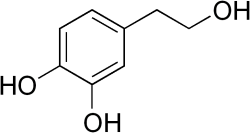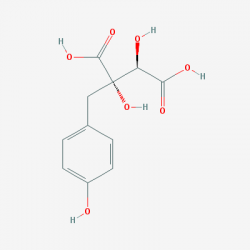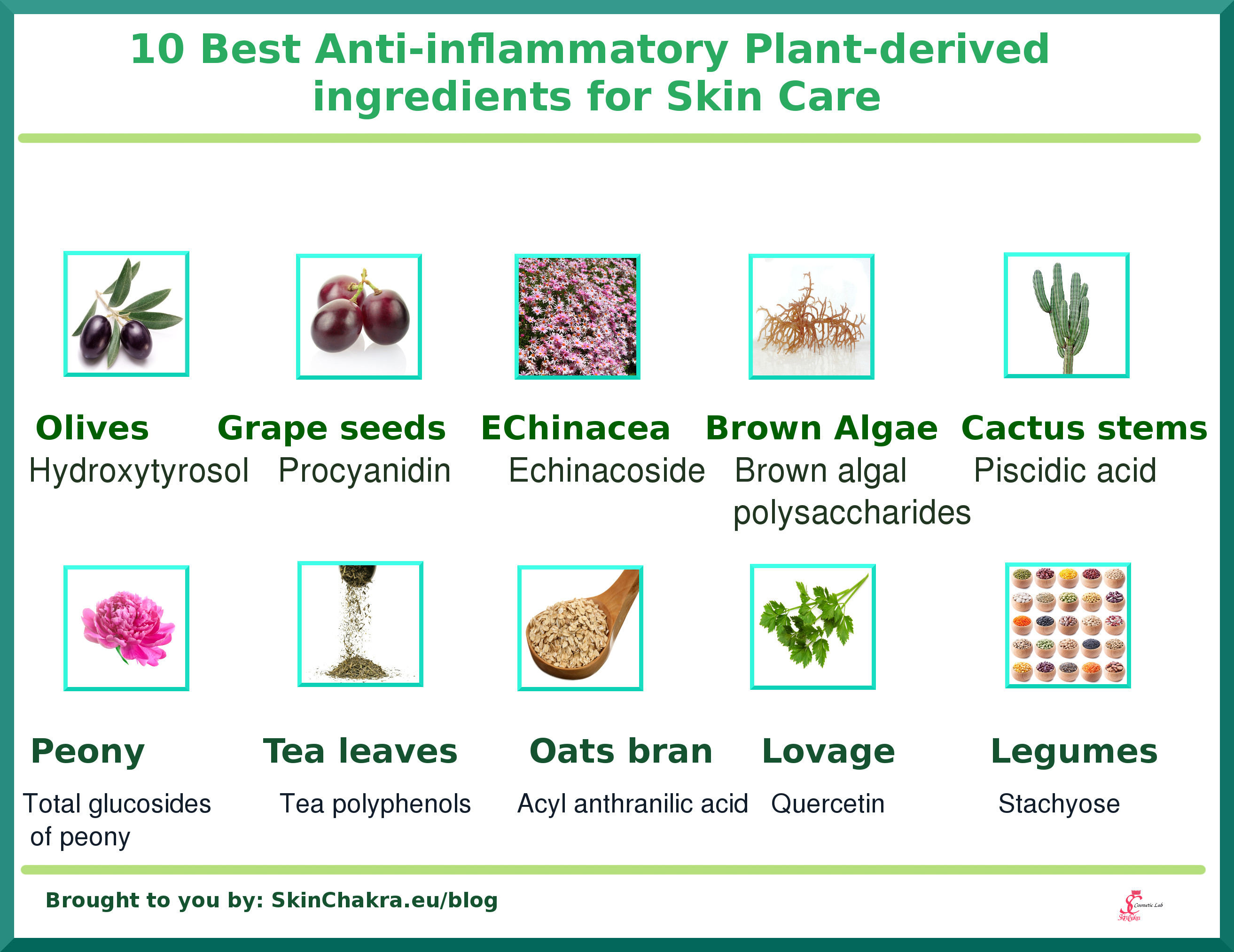Although sensitive, irritated and allergic skin are wildly exchanged and interchanged, they are completely different issues with different causes and mechanisms of creation.
A couple of months ago I stumbled upon this amazing article in the international journal of cosmetic science and I highly recommend you to read the complete article for a better understanding of these three skin types.
Although sensitive skin would possibly more often lead to allergic reaction or skin irritation, the triggers and the cells involved are rather different in these 3 types of skin.
According to thsi article, a sensitive skin is a kind of skin condition with damaged barrier function or neurobiological dysfunction. It is however, not necessarily irritated.
By coming into contact with stimulants (physical, chemical or environmental), a barrier damaged skin shows irritations.
Allergic skin conditions however is caused by allergens (most of them organic molecules with low molecular weight. You're certainly familiar with that notorious list of fragrance allergens). This is however a reaction of the immune system to stimuli.
In sensitive skin Keratinocytes, fibroblasts and neurons are affected. In irritated skin there are Mast cells, basophil granulocyte and non-specific T-cells that are involved and in allergic skin reactions there are Langerhans cells, phagocytes and specific T-cells that are affected.
Irritated and sensitive skin conditions are a global problem and the requirements for anti-inflammatory andrelieveing skin care products are extremely growing. This is your chance of growing your market and establishing your brans as a natural and organic skin care manufacturer no matter whether you are focusing on baby products, tee-ager products, anti-aging products or even producing pets or other animal products (natural horse care products for instance). The most important factor to take care of, is in avoiding any medical claims which could cause you any warnings and penalties from the responsible authorities.
In our previous posts we've introduced the 10 best anti-inflammatory plant oils and the 10 best anti-inflammatory plants for skin care.
In this post and based on the mentioned recent article, we'll discuss the 10 best anti-inflammatory plant derived ingredients, where you can find them and their functions. I still recommend you to refer to the original article for more detailed information.
 1- Hydroxytyrosol
1- Hydroxytyrosol
This is mainly found in olives (fruits and leaves) and supresses inflammation, promotes cell repair and performs anti-oxidant activities.
 2- Procyanidin
2- Procyanidin
Procyanidins are a group of polyphenols mainly found in grape seeds.
They eliminate free radicals (anti-oxidant and protective function) and stabilize cell membranes
3- Echinacoside
Echinacoside is a phenolic saccharide mainly found in Echinacea angustifolia and Echinacea pallida and in lower concentrations in Echinacea purpura. It has anti-oxidant and anti-aging properties and suppresses over-proliferation.

4- Brown algae polysaccharides
These are logically derived from brown algae. They perform anti-oxidant activity, suppress inflammation and promote skin healing
5- Piscidic acid
Piscidic acid is mainly found in cactus stems. It regulates cell multiplication and performs moisture-retention as well as anti-oxidant functions and repairs damages to the skin barrier.
6- Glucosides of peony
These glucosides perform anti-aging, anti-inflammatory and cell multiplication regulation.
7- Tea polyphenols
This is a group of phenolic compounds found in tea leaves. They perform anti-oxidant, anti-aging, inflammation suppression and cell multiplication regulation functions.
8- Acyl anthranilic acid
This ingredient, mainly found in oats bran performs anti-oxidant, anti-histamine, anti-allergy and anti-inflammation functions.
9- Quercetin
This is a phenolic compund found in lovage, tea leaves, carob and many other plants performs strong protective, inflammation suppression and anti-oxidant properties.
10- Stachyose
 This is a saccharide found in legumes and supresses inflammation and hydrolysis of hyaluronic acid.
This is a saccharide found in legumes and supresses inflammation and hydrolysis of hyaluronic acid.
I hope you'll enjoy reading the original article. Feel free to share your thoughts and questions on our Facebook page.
Photos:
www.depositphotos.com
www.wikipedia.org
pubchem.ncbi.nlm.nih.gov
BeHappy and have fun








